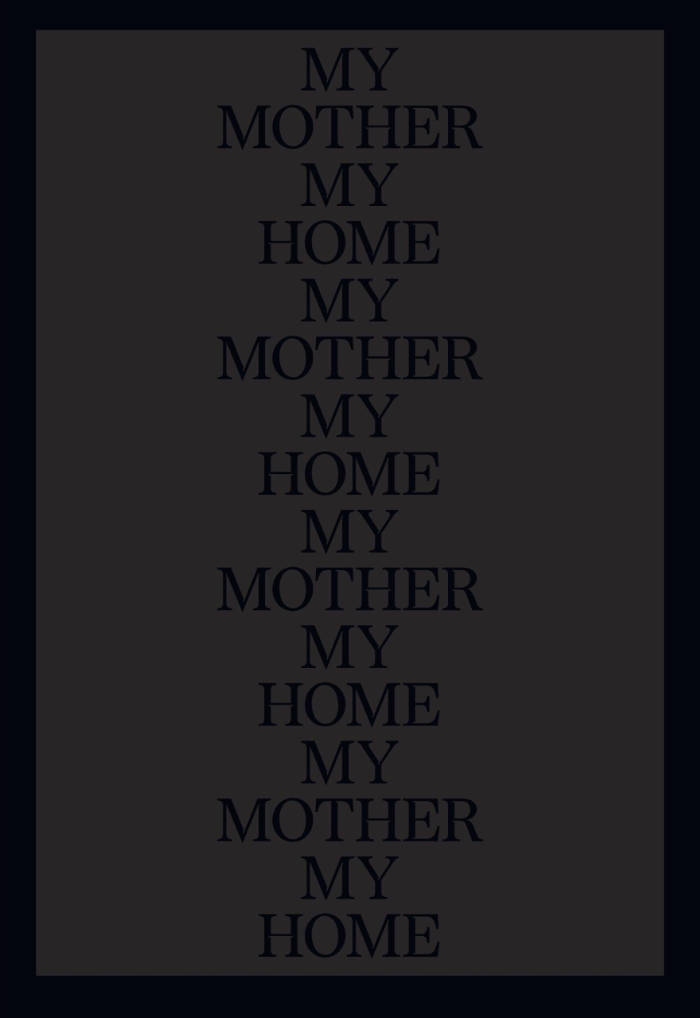
Togetherward
A volume assembling new and existing documents that revisit, mix and remix moments in the work of artist Christian Nyampeta.
The volume is composed of affections, alliances, appearances, material, and memories that exceed singular authorship, in the form of dedications, documents, elegies, film stills, footnotes, photographs, poetry, presences, and translations. Together they draw a biography of research: the journeys of engaging with art learning and making in, with, and against the worlds of today.
This stream of existing documents is sequenced alongside new contributions by Omar Berrada, Binna Choi, Belinda Kazeem-Kaminski, Natacha Nsabimana, and Isaïe Nzeyimana.
The publication emerges from a close collaboration with GfZK (Galerie für Zeitgenössische Kunst, Leipzig) over the last three years. During this time, two projects were held at GfZK: A Flower Garden of All Kinds of Loveliness without Sorrow, 2018–2019, and Lovers in a Dangerous Spacetime, 2021.
Literature, history, theology and philosophy, as well as insights from experiences and encounters in practice between contemporary art and design percolated into the two exhibitions; public programs; and an ongoing scriptorium, in which the artistic works staged gatherings of artists, theorists and mythologists from Rwanda and further afield who would otherwise never meet.
Titled Togetherward, a word invented by philosopher and artist Denise Ferreira da Silva to describe the rhythm of Nyampeta's method, the volume preludes a series of publications in images, writing, sound, film, and musical recordings that revisit the layers and sediments of the global events of the previous decade—all driven by the burning question of how to live together.
Edited by Vera Lauf and Christian Nyampeta.
Published in 2023 224 pages







